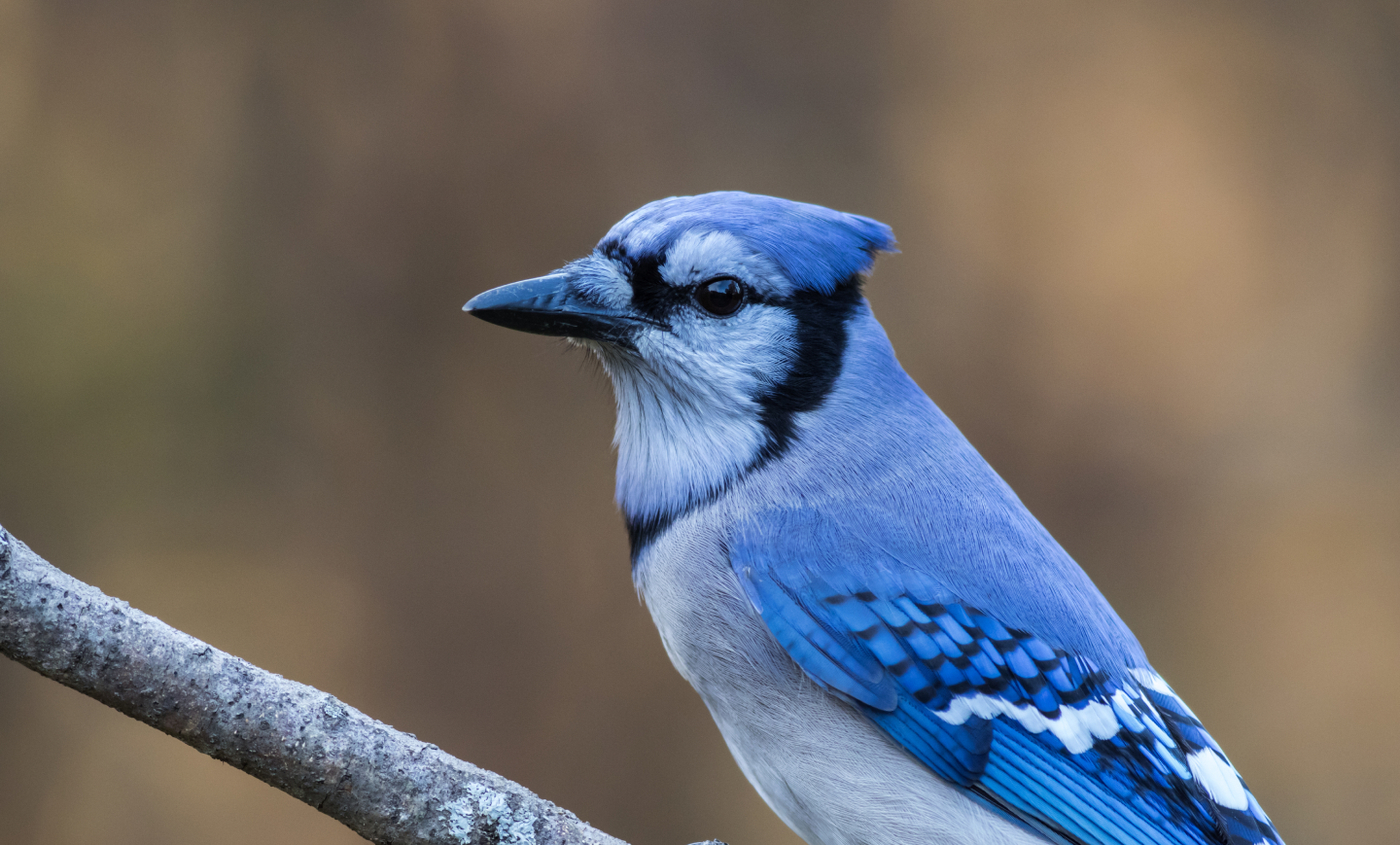
Fact #1
Nearly 3 billion birds are estimated to have been lost since 1970 in North America alone.
Fact #2
One in eight bird species are now threatened with extinction.
Fact #3
Almost half of the world’s bird species are in decline, with only 6% having increasing populations.
What do birds do?
Birds pollinate plants, control agricultural pests, and scatter large seeds over vast distances, all of which protect and restore natural habitats including rain forests. In fact, birds are providing one of the most cost-effective ways to tackle climate change!
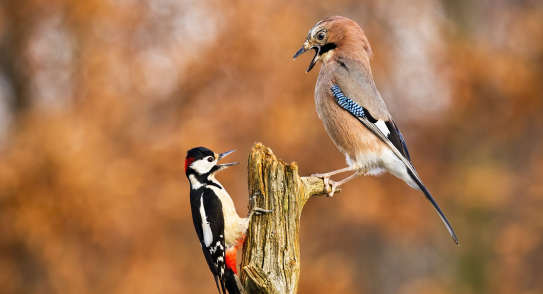

Why do we need birds?
Bird conservation can benefit human communities in many ways. At the local level, protecting and restoring wetlands favored by birds can provide nearby towns with flood mitigation as well as improved water quality and quantity. In urban areas, green space provides neighborhoods relief from extreme heat while also creating refuge for birds. At the national level, boosting bird habitats can help fight climate change by removing carbon dioxide from the atmosphere and storing it in living plant tissues and soils.
What is causing bird populations to decline?
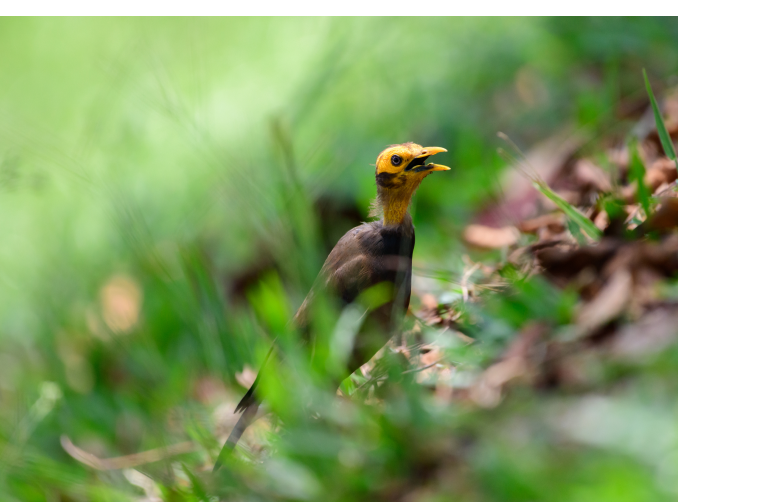
Across the world, birds are impacted by an array of threats, many of which are brought on by climate change including loss of natural habitats and the uninhibited growth of invasive species.
Additionally, modern agriculture’s invasion of important habitats and increased use of machinery and chemicals is the leading threat to bird species, and generally has impacted at least 73% of threatened species.
How can you help?
Create a garden with native plants
From window boxes to the most spacious of backyards, the plants you grow can make a positive difference for birds that live with you year-round as well as the migrants that may stop in, exhausted and hungry, just twice a year.
Avoid pesticides
More than 1 billion pounds of pesticides are used in the U.S. each year. The country’s most widely used insecticides, called neonicotinoids or “neonics,” are lethal to birds and to the insects that birds consume.
Make windows safer
Because birds see differently than humans, glass windows pose a serious risk to birds, particularly when vegetation is reflected in windows. An estimated 599 million birds die each year from window collisions in the U.S. alone. From tape to screens and films, there are many effective, easy-to-install, and inexpensive home solutions to help protect birds from window collisions.
Keep cats indoors
An estimated 2.6 billion birds die in the U.S. and Canada each year due to run-ins with domestic cats. Be a responsible cat owner by keeping cats indoors or safely contained outdoors. Simple solutions like outdoor enclosures, harnesses, strollers, and backpacks will keep your cat happy and entertained while reducing bird mortality.
Use less plastic
These days, we’re well aware that discarded plastic does not biodegrade and winds up in the ocean where it accumulates toxins and disrupts food chains, affecting birds along with a variety of other species.
Get everybody involved!
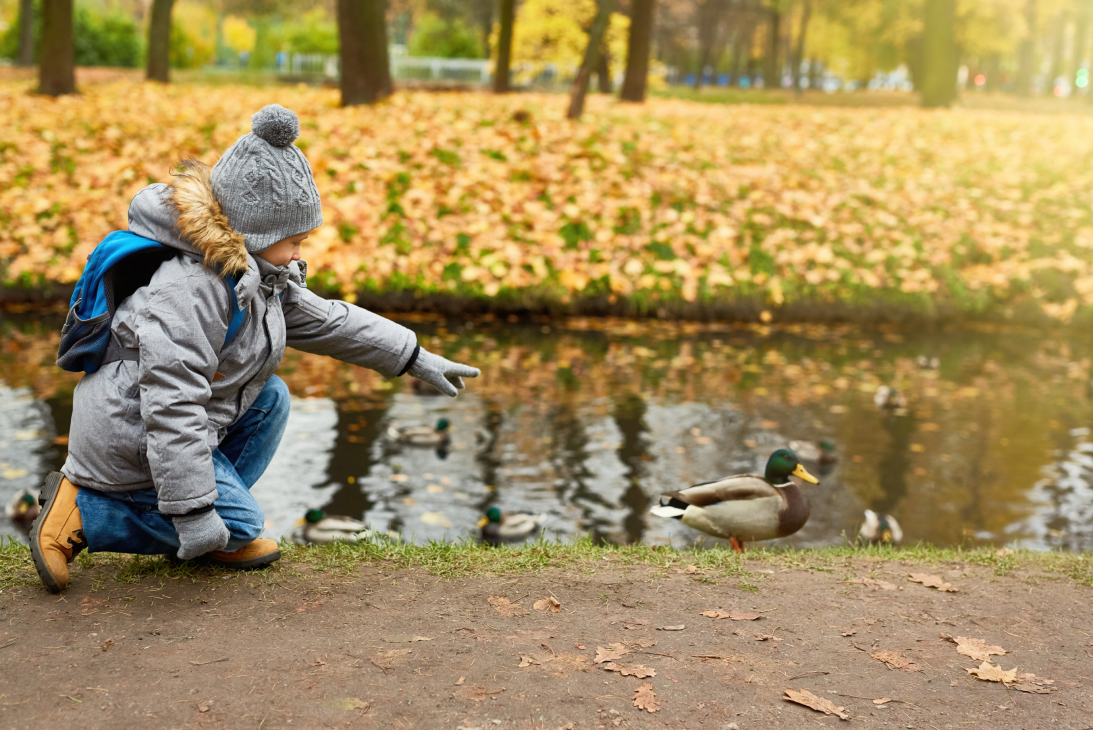
With effective conservation efforts, the species can be saved and nature can recover!
Help kids discover birds and forge a connection with nature. Children will benefit from a lifetime of wonder and discovery and birds will benefit from having another passionate advocate.
Bring Tending Your Yard, Tending The Earth Concepts to Your Home
Learn more about how you can implement similar changes to your property and join us in helping to save this place we call home, the Earth.
Learn MoreDid you know?
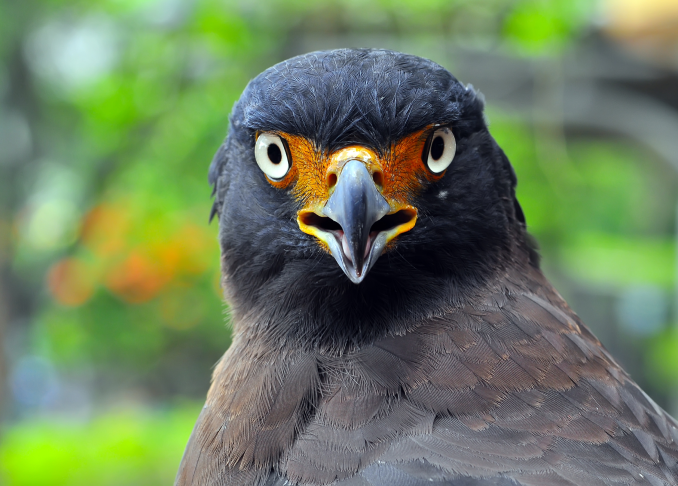
A bird’s eyes take up about 50% of its head. For reference, human eyes take up only 5% percent of our head. To be comparable to a bird’s eyes, our eyes would have to be the size of baseballs.



